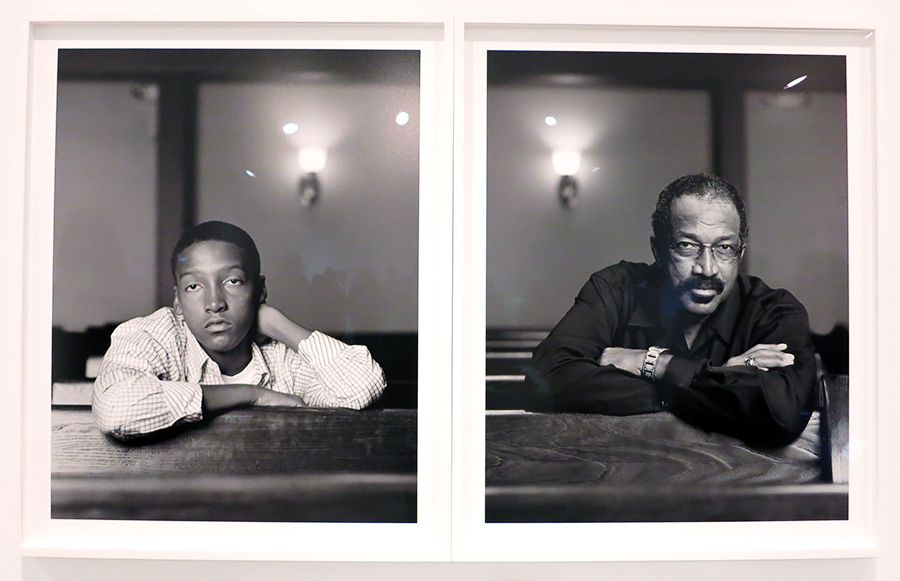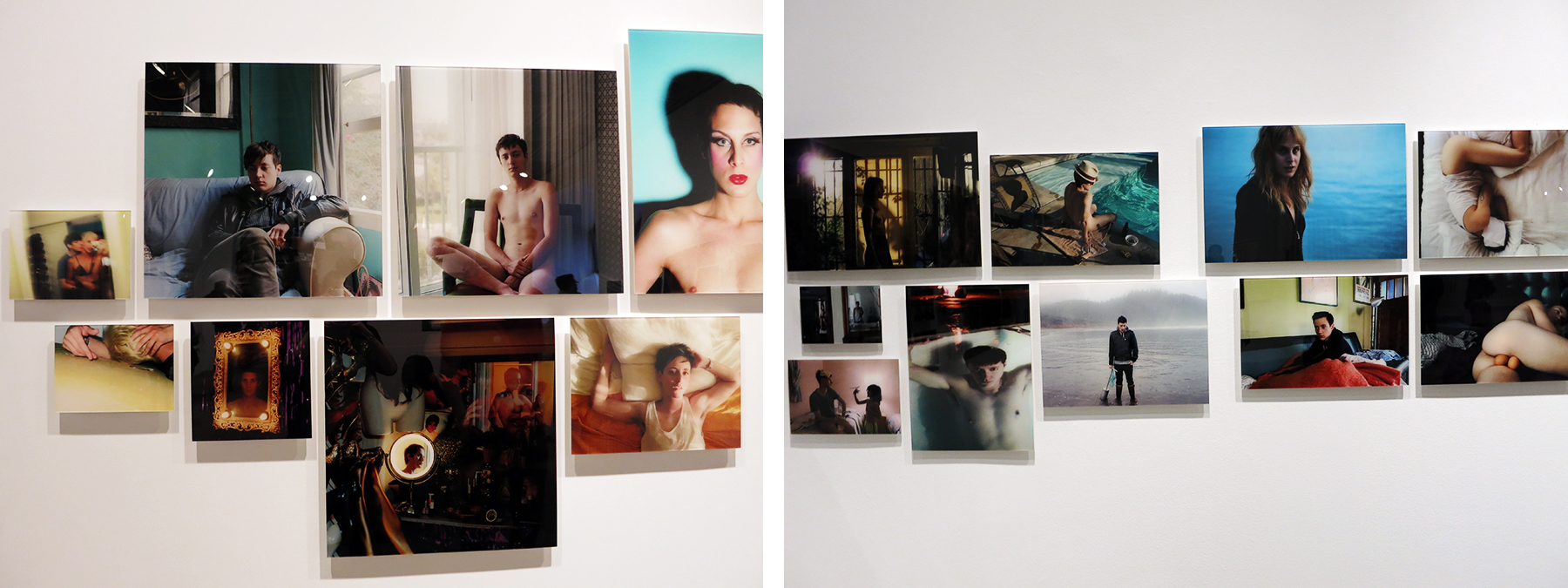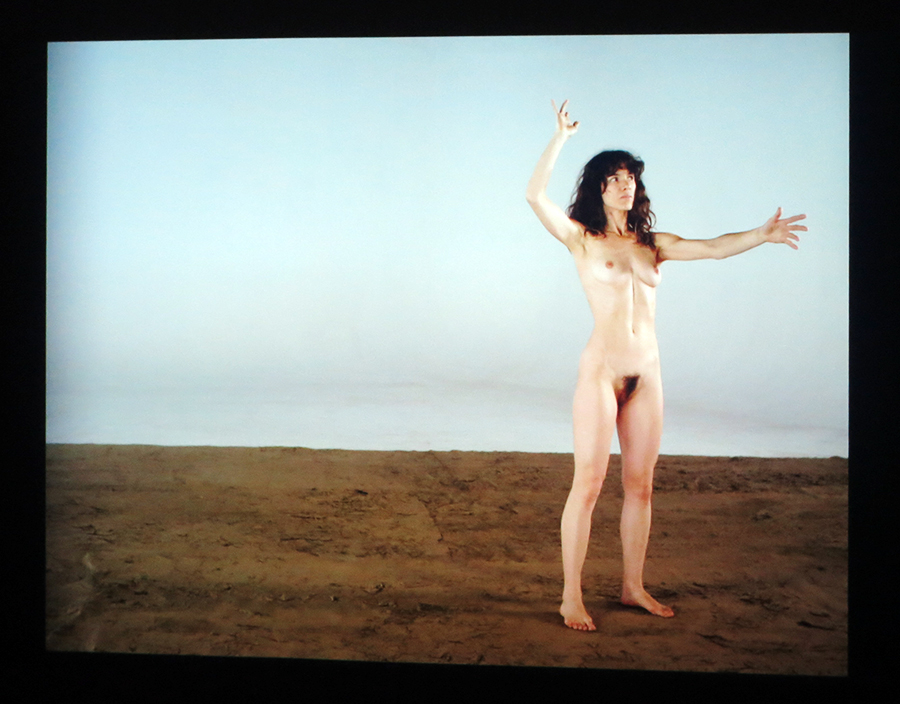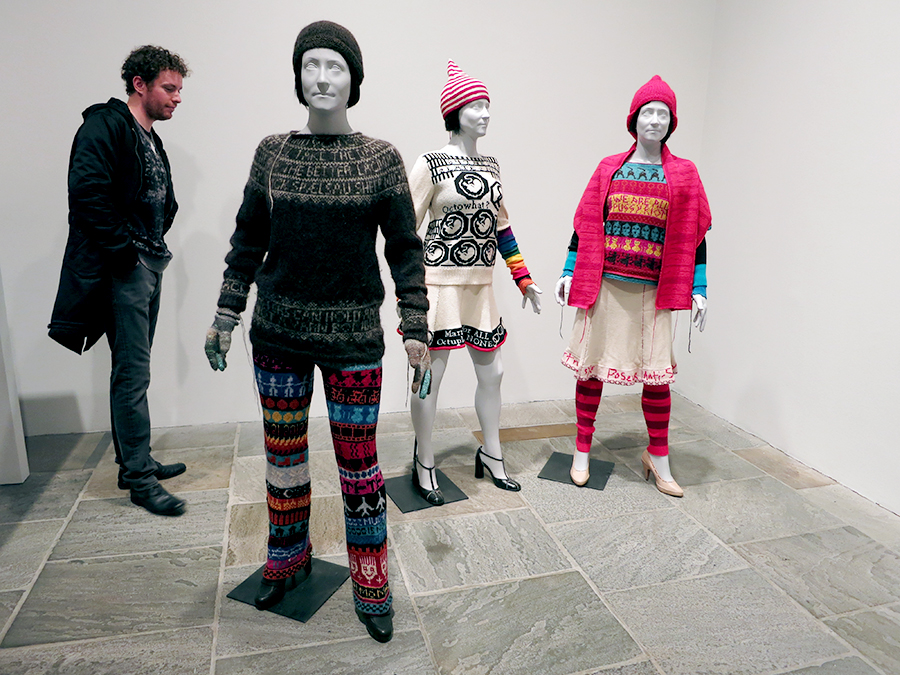I went to a talk by Roberta Smith & Jerry Saltz last month and a cynical audience member asked Jerry Saltz if he thought the Whitney Biennial was even worth while. Jerry Saltz challenged the audience to go the the Biennial and told them that they couldn’t leave the building until they found 7 things that they liked. Although I am far less cynical than the question asker – I go into a show wanting to like the work, rather than the other way around, the Biennial still felt a bit flat to me. The curation leaned more towards the pedagogical, trying to place art in the context of art historical theory, rather than featuring exciting new artists doing new things. Nonetheless, I still had a hard time narrowing it down to only 7.
Here are my top 7 artworks I liked at the Biennial:
1. (Photo at Top) Dawoud Bey: “Braxton McKinney and Lavone Thomas” (from The Birmingham Project)
Bey’s striking diptychs depict stand-ins for the victims of the 1963 bombing of the 16th Street Baptist Church in Birmingham, Alabama. The subject on the left is the same age as the victim was at the time of the bombing and the subject on the right is the age that they would have been in 2012, when the portraits were made.
2. Terry Adkins: “Aviarium”
Adkins’ “Aviarium” is a sound installation without audible sound. Each sculpture, formed from stacks of cymbals, forms the shape of the audio waves created by different bird songs. Adkins seeks and succeeds to “find a way to make music as physical as sculpture might be, and sculpture as ethereal as music is.”
3. Zachary Drucker & Rhys Ernst: “Relationship”
The Biennial featured very few photo series, and those that is did had few images (of Bey’s series, only 2 diptychs were shown). This series was therefore unique in covering a large amount of space. The photo series, “Relationship” traces the complexities of a transgender couple who are simultaneously transitioning in opposite directions. The photos are both intimately personal and achingly beautiful.
4. Channa Horwitz: “Sonakinatography”
Horwitz’s intricate drawings are also silent musical scores. Each features small Key that explains the meaning of the colors and lines in terms of instrument, duration, and beat. Some of her drawings have been performed as open-ended scores by musicians and dancers who use their own improvisation to translate the works into audio/visual performances.
5. Carol Jackson: “Youthful Beast”
Jackson’s sculptures are created from the interesting combo of wood, acrylic, papier mâché, and inkjet prints. Each element of the sculpture is utterly transformed through its combination with the other elements. I have never seen wood and Inkjet prints married so closely.
6. Jennifer Bornstein:”Untitled”
Bornstein’s video performance piece draws it’s loose narrative from a variety of sources, from traditional Balinese folk dance, to a metaphorical story of a struggle between a dragon and a witch, to poses from Playboy. The nude female models use a high level of body control to meld together the disparate sources into a mesmerizing dance.
7. Lisa Anne Auerbach
Auerbach’s knitted works have titles such as: “We Are All Pussy Riot, We Are All Pussy Galore” and “Journal Pants, Winter 2012-13.” The colorful and detailed clothing is playful, specific, and sometimes political. In “Journal Pants” for instance, each stripe refers to an event that happened during the winter they were being created.
What are your Whitney Biennial top 7?






